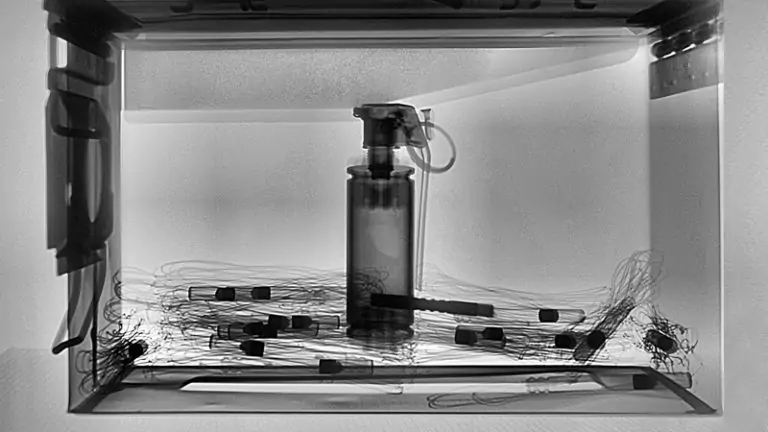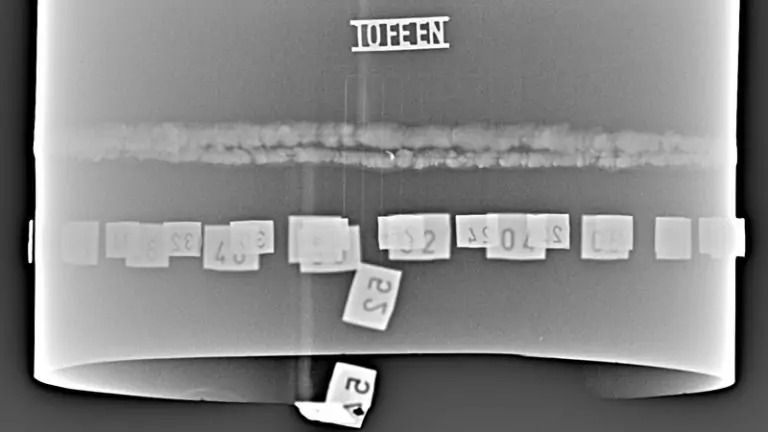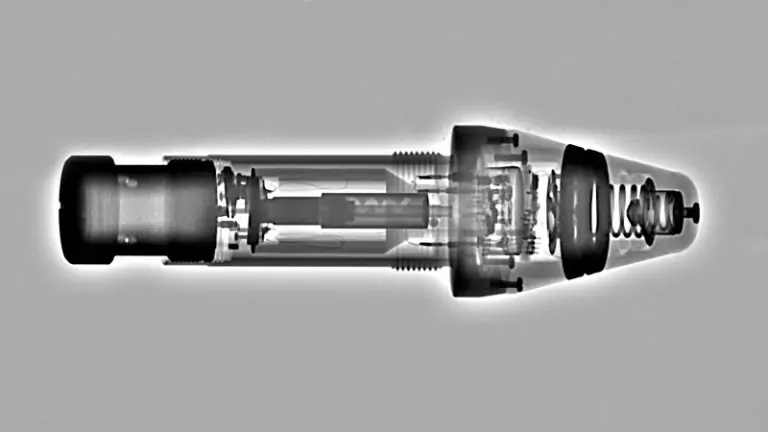Complex Problems Are Best Solved Through Collaboration
None-Destructive Testing
TacticMod by CueBid Technologies offers comprehensive Non-Destructive Testing (NDT) services, designed to ensure the integrity, reliability, and safety of critical systems and components in tactical, military, and industrial applications. NDT methods are essential for inspecting and evaluating materials, components, and assemblies without causing damage, ensuring they meet stringent safety and operational standards. TacticMod’s NDT services provide crucial insights into the condition of materials and structures, helping to prevent failures and extend the life of assets. Below is an elaborated description of the NDT services TacticMod offers, focusing on various techniques that add significant value to military and industrial operations.



![X-ray-of-a-pipe5-768×432[1]](https://tacticmod.b-cdn.net/wp-content/uploads/2024/09/X-ray-of-a-pipe5-768x4321-1.jpg)


